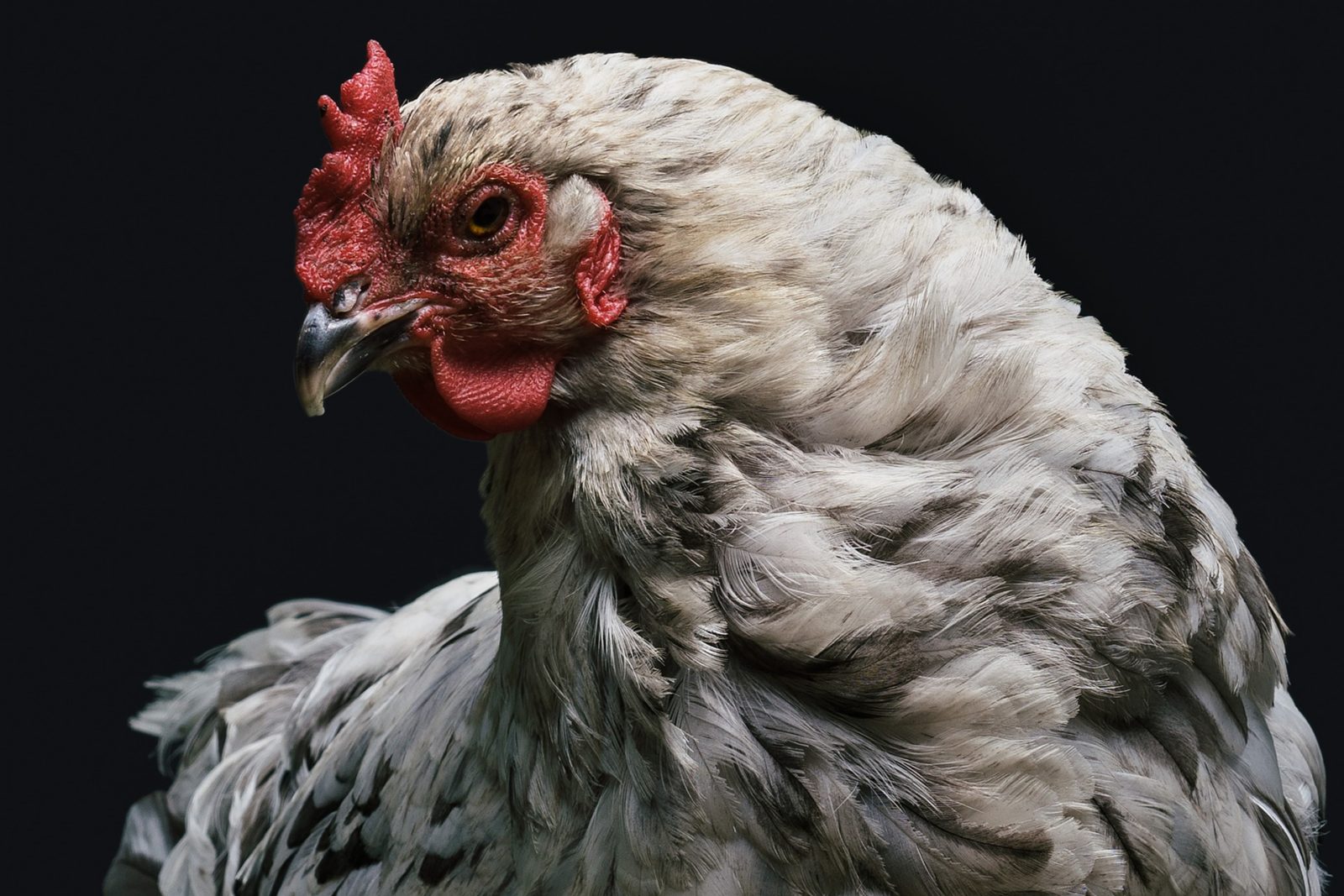In 1948 the Chicken of Tomorrow contest brought the world an improved broiler chicken and significantly cut down the cost. Instead of weighing in at about a kilogram and taking 112 days to mature massive chickens were engineered through breeding that in 2015 lead to a 48-day old chicken weighing in at 2.8 kg.
With the industry wanting to keep increasing the size of the chicken breast, especially with global chicken trends increasing particularly in industrializing developing countries issues of disease increase as well.
An increase in size and growth rate has caused the meat of the muscles to become harder and rigid in texture, giving a distinctive bulge to the breast and becoming known as woody breast chicken. The chicken, even when cooked well, is harder and chewy.
Woody chicken breast is popping up where ever intensive poultry industry exists. These include the United States of America, Canada, China, Brazil, the United Kingdom, Italy and Finland, among others.
Why does Woody Chicken Breast Occur
Myopathies in modern broiler chicken have occurred over the course of its industrial development, leading us today to experience a woody breast. White striping on the breast as well as pale, soft and exudative (PSE) are other common myopathies.
The white stripes that occur visually look like white lines running across the breast, tendons and thigh. A woody breast will feel firmer, like an incredibly tough muscle. When touching regular chicken breast the flesh is soft, you can press into it. Woody breast is simply firm to the touch, you cannot press into it (Kuttappan, V.A., et al., 2016). Occurrences of the woody chicken breast, as well as white stripes on chicken, have increased from around 1.4-8.7% in 2012 to a shocking 25.7-32.3% in 2015. This today accounts for about 200 million breasts with this myopathy. Although they are utilized elsewhere within the industry, at a consumer level it often ends up as food waste.
A recent study that used RNA sequence analysis found oxidative stress, an increase in calcium levels and increased growth rate where all common factors in chickens with myopathies. More research needs to be done as this study was not conclusive to the woody breast myopathy (Kuttappan, V.A., et al., 2016).
White stripes, which are also a common occurrence on woody breast chicken, has been associated with the diet, age, feed regiment and genetic makeup of the chicken.
Is Woody Chicken Breast Nutritionally Different
The changes not only affect the texture and flavour of the chicken. They impact the nutrition it provides. Woody breasted chicken is higher in fat content. It has an increase in connective tissue and less protein than a chicken breast without these myopathies.
Is Anything Being Done About It?
The chicken industry pulls woody chicken breast off the line. They use them in processed chicken products such as chicken nuggets, chicken burgers and chicken fingers.
Grinding the chicken does affect the texture in a positive way, but it is still incomparable to the chicken without this myopathy. When looking at normally sized broiler chickens or heritage pastured hens the taste and texture are distinctively different. This difference can potentially be made up by the use of additives, natural and synthetic flavourings etc. (Chen, H., et al., 2017).
References
Brambila,G.S., Bowker, D.C.B., Zhuang, H. (2017). Descriptive texture analyses of cooked patties made of chicken breast with the woody breast condition, Poultry Science, Volume 96, Issue 9, Pages 3489–3494
Chen, H., Wang, H., Qi, J., Wang, M., Xu, X., Zhou, G. (2017). Chicken breast quality – normal, pale, soft and exudative (PSE) and woody – influences the functional properties of meat batters. International Journal of Food Science and technology. Volume 53, Issue 3, pages 645-664.
Kuttappan, V.A., Hargis, B.M., Owens, C.M., (2016). White striping and woody breast myopathies in the modern poultry industry: a review, Poultry Science, Volume 95, Issue 11, Pages 2724–2733,
Amanda Filipowicz is a certified nutritional practitioner (CNP) with a bachelor in environmental studies (BES) from York University. She also has certification in clinical detoxification, prenatal and postnatal care as well as nutrition for mental health. She has been working as a nutritionist since 2013 and is a lifelong proponent of eating healthy.

